Know what it’s like to pour hours into researching and writing the “perfect” SEO article… only to watch it sink below your competitors on Google? We do!
Enter Text Optimizer: an AI-powered tool designed to help you figure out what your audience is searching for, so you can speak to them in a way that actually resonates with them (while also appeasing the search engine gods).
But as we look around at all the other hundreds of AI tools out there, we can’t help but wonder..
Could Text Optimizer actually give us (or anyone, for that matter) a leg-up on Google? Or will we just get another block of AI text that risks being flagged by search engines?
In this article, we’re looking at how Text Optimizer stacks against our own suite of tools here at Undetectable AI to see which one is truly better for creating SEO content.
TL: DR – Text Optimizer tends to work best for keyword research and brainstorming, but you won’t get a finished product that’s polished or fit for publishing.
Key Takeaways
- Text Optimizer uses semantic analysis to suggest keywords and improve content relevance.
- It’s best suited for keyword research and brainstorming, not for producing polished content.
- AI-generated text from Text Optimizer often fails AI detection tests, risking SEO penalties.
- Undetectable AI creates human-like content and includes tools for detection, rewriting, and compliance.
- For content that ranks and passes detection, Undetectable AI offers a more complete solution.
What Is the Text Optimizer Tool?

Text Optimizer is an SEO text optimizer tool created to help marketers and SEO content writers fine-tune their written content, all with the goal of ranking higher in search engine results.
How Does It Work?
Text Optimizer works by using semantic analysis.
This means it looks at words, concepts, and relationships in the written content you’ve created, and then compares what you’ve written to what people are already searching for on either Google or Bing.
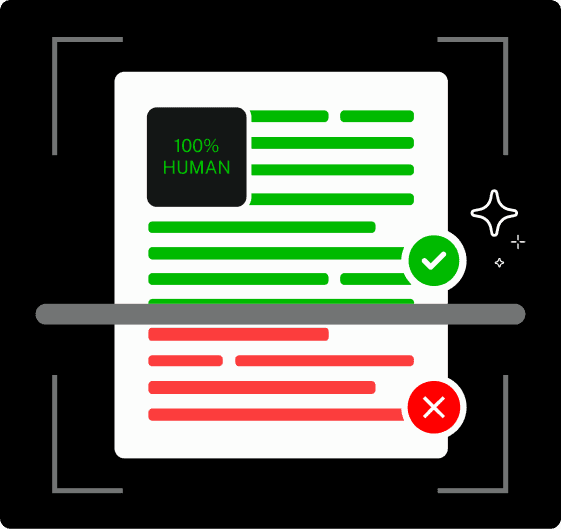
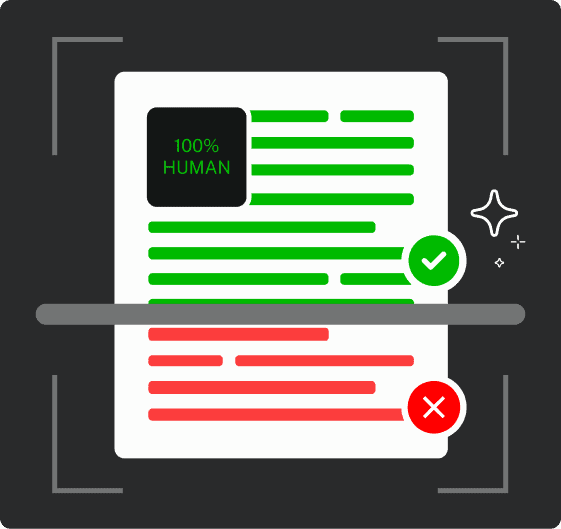
Never Worry About AI Detecting Your Texts Again. Undetectable AI Can Help You:
- Make your AI assisted writing appear human-like.
- Bypass all major AI detection tools with just one click.
- Use AI safely and confidently in school and work.
After analyzing your content against search intent, the platform then suggests semantic keyword ideas that you can use to make your article more complete (and in theory, rank higher against competitors).
The idea behind this AI Text Optimizer is that it’s supposed to help you speak the language of your searchers a bit better by suggesting key phrases and synonyms you might never have even thought of.
When you go to actually use this tool, there are a few different options.
You can either provide a link to an existing webpage or blog article to optimize, or you can use the tool to get keyword ideas for a new piece of content.
There’s also a new feature (although it’s still in beta testing) where the tool can write a new piece of text for you.
How Much Does Text Optimizer Cost?
Pricing information for Text Optimizer is not very clear on the Text Optimizer website.
However, when we dug around, we found that there are different pricing options available depending on how much content you plan to optimize.
There is also a free version, but you’re limited in terms of the number of queries you can do and how deep the analysis goes.
Premium plans typically start around $60/month when billed annually.
With this, you’ll get unlimited queries, deeper semantic keyword research, and even some integrations with other platforms.
Businesses can also get a personalized plan with custom pricing and features.
How to Use Text Optimizer: A Quick Overview
Here is a very basic workflow when using Text Optimizer to create a new piece of content:
- Click ‘start a new text’
- Choose ‘AI writes a new text for you’
- Type in the question you’d like to an
- swer with your content, such as ‘what are the best productivity apps’ or ‘what’s the best way to use AI writing tools’
- Click ‘write my text’
- You’ll receive around 250 words of text along with a list of additional keywords to integrate into your text.
Once you have your block of text and keywords, you can then make a few edits and publish it on your website to see if it performs better in search engines compared to your other content.
Is It Flagged as AI-Generated Content?
In theory, tools like Text Optimizer seem like they would be really helpful for creating lots of content quickly. But the question is, will the content you’ve created using Text Optimizer be flagged by AI?
To find out, we did a little test.
The Test
We started by asking Text Optimizer to create a new text for the topic: How to open your own food truck?
We wanted to see what Text Optimizer would create, and here’s what it came up with:
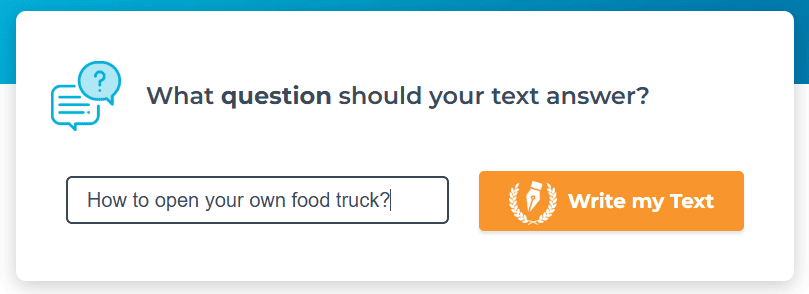
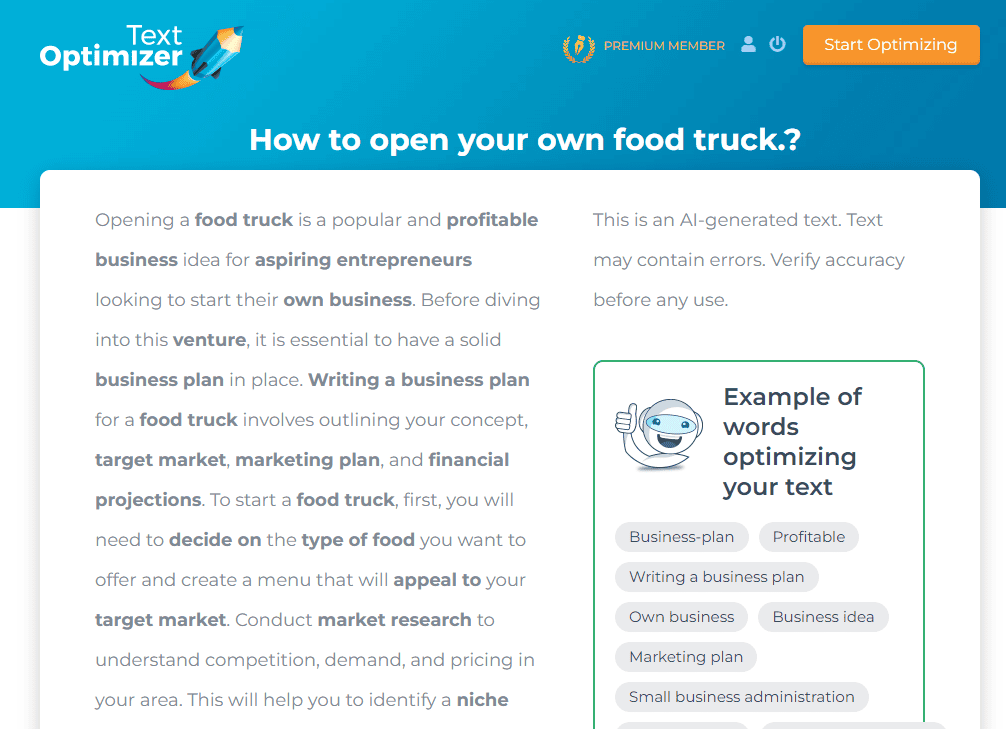
The output was around 350 words, which could be adapted into a small blog or expanded into a longer article.
Now, how does this piece of content hold up when checked by AI tools?
We tried it using our own AI detector tool.
The Results
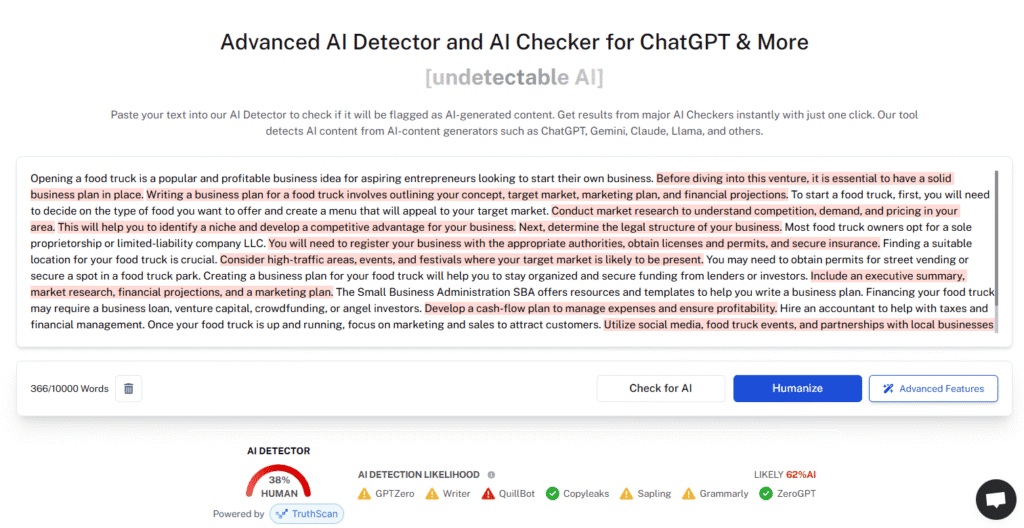
Immediately, our detector could tell that this piece of content was written by AI. While 38% human isn’t too bad a score, it still isn’t enough to avoid getting flagged as AI content in Google (and potentially penalized).
The output itself isn’t terrible, and it might even be able to pass other AI Detectors.
But it still wasn’t good enough to go unnoticed in our AI Detector, which is ranked among the very best AI detectors on the market.
Real-World Example: Output Comparison
Now, let’s see if we can create something better with an Undetectable AI tool.
Original GPT Text
To keep things fair, we used the same GPT prompt: How to open a food truck?
Text Optimizer Output
To recap, here’s what the Text Optimizer came up with:
Opening a food truck is a popular and profitable business idea for aspiring entrepreneurs looking to start their own business. Before diving into this venture, it is essential to have a solid business plan in place. Writing a business plan for a food truck involves outlining your concept, target market, marketing plan, and financial projections. To start a food truck, first, you will need to decide on the type of food you want to offer and create a menu that will appeal to your target market. Conduct market research to understand competition, demand, and pricing in your area. This will help you to identify a niche and develop a competitive advantage for your business. Next, determine the legal structure of your business. Most food truck owners opt for a sole proprietorship or limited-liability company LLC. You will need to register your business with the appropriate authorities, obtain licenses and permits, and secure insurance. Finding a suitable location for your food truck is crucial. Consider high-traffic areas, events, and festivals where your target market is likely to be present. You may need to obtain permits for street vending or secure a spot in a food truck park. Creating a business plan for your food truck will help you to stay organized and secure funding from lenders or investors. Include an executive summary, market research, financial projections, and a marketing plan. The Small Business Administration SBA offers resources and templates to help you write a business plan. Financing your food truck may require a business loan, venture capital, crowdfunding, or angel investors. Develop a cash-flow plan to manage expenses and ensure profitability. Hire an accountant to help with taxes and financial management. Once your food truck is up and running, focus on marketing and sales to attract customers. Utilize social media, food truck events, and partnerships with local businesses to promote your brand. Monitor sales-tax and comply with regulations to stay in good standing with the authorities. In conclusion, opening a food truck is a rewarding and exciting venture for entrepreneurs looking to start their own business. By following a step-by-step guide and creating a solid business plan, you can successfully launch and grow your food truck business.
Undetectable AI Humanizer Output
Here’s what our tool came up with when we used our own AI Paragraph Generator.
Starting a food truck business provides entrepreneurs with an exciting chance to serve various customers while displaying their culinary abilities. The first step to success involves creating a well-defined business plan which should include market target information and menu selection and pricing structure and operational framework. Your business plan needs to contain a comprehensive financial section which details both initial funding requirements and regular business costs alongside revenue projections. Local health and safety regulations along with required permits and licenses need thorough research to maintain compliance with local authorities. A well-designed food truck investment should include a high-quality design which represents your brand identity while following all local regulations. A commercial kitchen together with refrigeration systems and waste management equipment should be included in your food truck design.
After developing your business plan you should start securing funding while building your team. You can achieve funding by working with investors or by obtaining loans from financial institutions. The success of your daily operations depends on hiring experienced staff members who include chefs and kitchen personnel and sales representatives. Your foot truck needs marketing and branding investments to generate excitement and build customer loyalty. Your marketing strategy should include social media promotion together with participation in food festivals and local advertising efforts. Your food truck needs to have essential technology equipment such as point-of-sale systems and credit card processing to enhance customer experience and streamline transactions.
This output reads a lot more naturally, and it even passed the following AI detectors: Grammarly (0% AI), ZeroGPT (12% AI), and NoteGPT (12% AI).
What Makes Undetectable AI the Superior Choice
While Text Optimizer is helpful for generating quick drafts and keyword inspiration, it falls short when it comes to creating content that can pass AI detection.
This is where Undetectable AI really stands out. In addition to creating content, Undetectable offers an all-in-one solution for transforming content into something you can actually use, such as:
- AI Detector – for verifying if text is written by AI or human beings.

- Grammar Checker – for polishing drafts and improving readability.
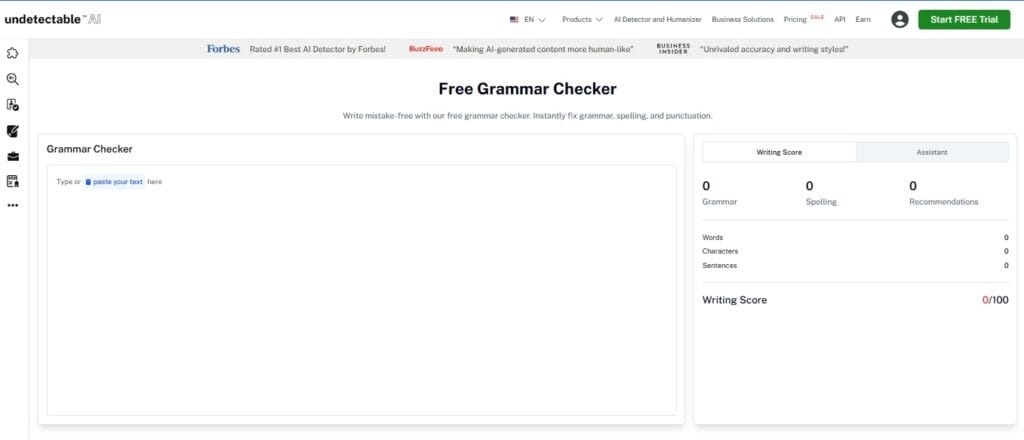
- Plagiarism Checker – for making sure content doesn’t overlap with already published content.

- AI Stealth Writer – for rewriting content flagged by AI detectors.
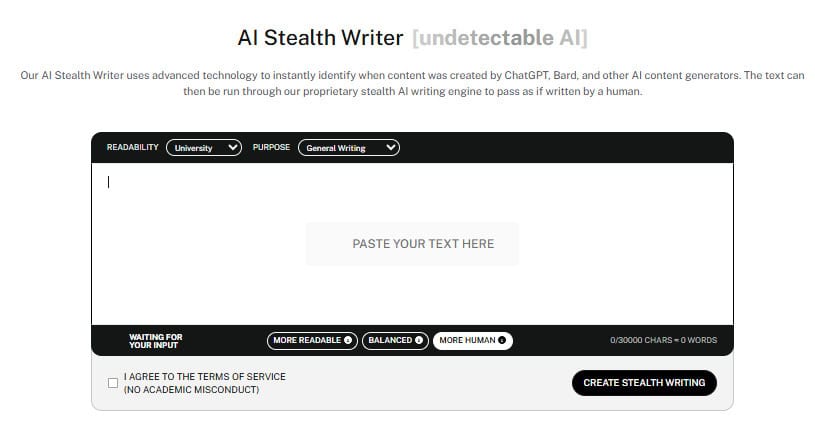
Altogether, these tools provide everything you need for creating, refining, and polishing AI-assisted content. No flip-flopping between optimizer text SEO tools, and no annoying AI detection flags.
Want to see our AI Detector and Humanizer in action? Check them out in the widget below
Final Verdict
If your goal is to just brainstorm content ideas or integrate a few more semantic keywords into a draft you’ve already created, Text Optimizer is certainly an option.
Before you make your choice, leverage Undetectable AI’s AI Detector to verify originality, the Grammar Checker to keep content polished, the Plagiarism Checker to ensure uniqueness, and the AI Stealth Writer to create brand-aligned, undetectable text.
However, if you’re serious about producing content that avoids detection, sounds human, and actually ranks well in Google, Undetectable AI is a more suitable long-term solution.
Start optimizing your content now with Undetectable AI – your ultimate tool for authentic, high-ranking content.
